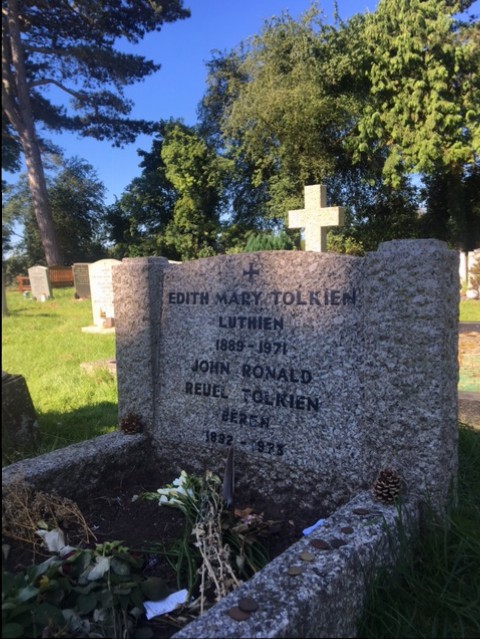 (The Grave of J.R.R. Tolkien and his wife Edith, Wolvercote Cemetery)
(The Grave of J.R.R. Tolkien and his wife Edith, Wolvercote Cemetery)
This summer I found myself in a curious but wonderful predicament for a Tolkien fan: I had one day to explore Oxford, England; and then I had to dash off—continuing on my business trip north—like Bilbo hustled along by Gandalf and the Dwarves.
I thought to myself, “What should I do in such a short amount of time in the city where J.R.R. Tolkien not only went to college (and later worked as a professor), but is also the hallowed ground where he wrote The Hobbit and The Lord of the Rings…and drank lots and lots of beer?”
The answer, it turns out, was that I could do quite a lot! I managed to stand outside the walls of Tolkien’s college (where I discovered an Orc); paid homage to the author’s message-strewn grave; lingered in front of the house where he wrote his books; discovered an Ent in the Botanic Garden; and drank a pint…errr, well…several pints…in the famous snugs at the Bird and the Baby. And so much more!
But I’m getting ahead of myself.
The first time I came to Oxford I had just turned fourteen. I was on a family adventure with my parents and grandparents, driving around the United Kingdom—all five of us crammed into a tiny British car. My family had made a special detour to Oxford so that I could see the place where my favorite author had lived and worked.
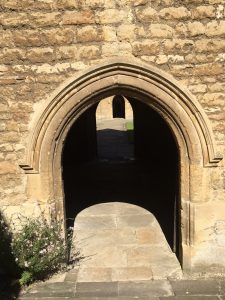 (Hobbit-sized door at Merton College)
(Hobbit-sized door at Merton College)
It was a thrilling experience for a young Middle-earth-crazed-lad to walk the streets of Oxford. But I had expected to find a museum dedicated to Tolkien—a shrine where I could peruse his original manuscripts and ogle his illustrations; and I was thoroughly disappointed to find that such a place did not exist.
To this day nobody has seen fit to make a Tolkien museum in Oxford; but the truth is that the city is infused with the man’s spirit; and you can find traces of him in so many different places there. I didn’t know how to find many of those places back when I was a kid; but with age (and repeated visits to this beautiful city imbued with a thousand years of learning) I acquired at least a little wisdom.
And now I impart this magical itinerary on to you.
Sunrise/Radcliffe Square and Exeter College
There’s no need to sleep when you’re in Oxford on a beauteous summer morning in the summertime. And if you’re like me, you didn’t get a wink the night before. You’re like Tolkien’s Elves who sleep with their eyes open; or someone from Seattle suffering spectacular jet-lag. But you’re so excited to be here that you don’t care. Here’s the best part about getting up this early: hardly a soul is walking around Oxford yet. All of the tourists are still in bed; and all of the summer students are sleeping off their hangovers. You practically have the city to yourself.
Head to Radcliffe Square and lean against the wall of Exeter College. Behind you, over this ancient bastion, is the school where Tolkien began his Oxford studies at the age of 19. And in front of you stands the grand circular building called the Radcliffe Camera (home of the Oxford science library)—a place that would fit right into the uppermost level of Minas Tirith.
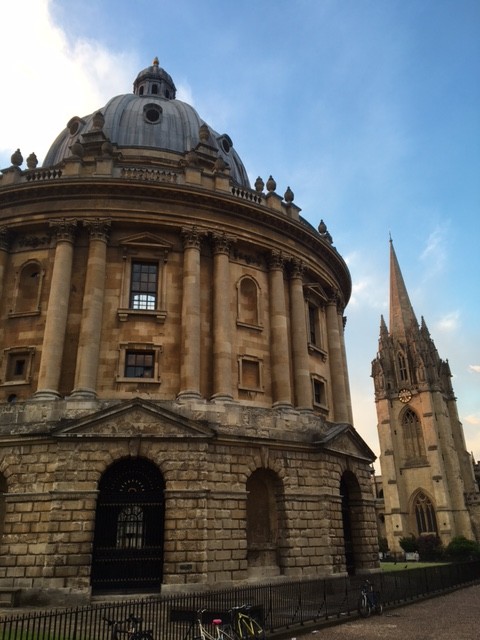 (Radcliffe Camera and St. Mary’s Church)
(Radcliffe Camera and St. Mary’s Church)
Beyond the “Rad Cam” (as it is called) rises the lofty tower of St. Mary’s church (built in the 13th century).
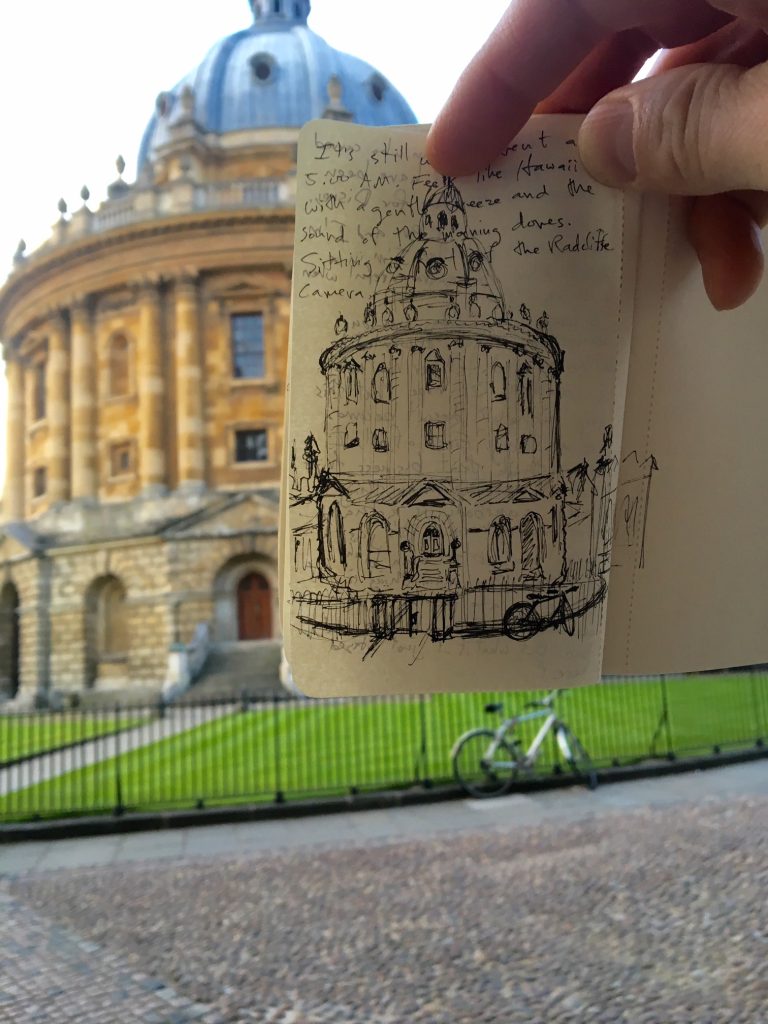 (From my sketchbook)
(From my sketchbook)
Next, walk down the little alley running along the Exeter wall called Brasenose Lane until you come to Turl street, and then take a right. You’re standing in front of Exeter College’s main entrance.
On the second story is a stone awning. And if you look really closely at its ornamentation you’ll see a gargoyle that looks suspiciously like an Orc.
See what I mean? Did Tolkien see that too? He must have. He passed through this entrance every day for years. It’s fun to speculate about things that might have influenced his work in this city. Like the sagging 14th century timber-framed building on nearby Ship Street that looks like it came straight off the Bree film set.
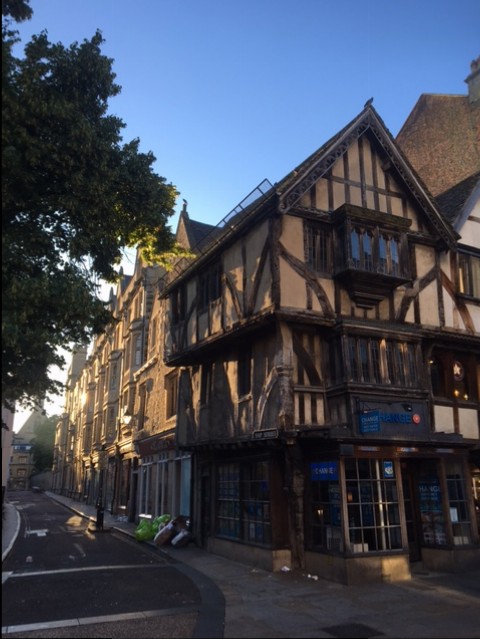 (Ship Street)
(Ship Street)
Go ahead and find yourself a restaurant serving a proper English breakfast. Yes! I’m talking about the kind with mushrooms, beans and tomatoes. It’s going to be a long day and you’ll need your “victuals” as Sam Gamgee would call them. And don’t forget the tea.
 (Christ Church College’s breakfast!)
(Christ Church College’s breakfast!)
9:00 AM/Wolvercote Cemetery
Once you’ve eaten, head to the Magdalen Street Bus stop by the MacDonald Randolph Hotel (on the corner of Magdalen and Beaumont) and catch the #6 bus heading north. Tell the bus driver that you need to get off at Blandford Ave. From here you have to walk a couple of blocks north to get to Wolvercote Cemetery on 5 Mile Drive. (The gates officially open at 9:00 AM.) Tolkien’s grave is not marked on any sort of tourist map at the cemetery, but it’s in the northwest corner, with the marker facing east toward the rising sun. If you haven’t found it after a while, ask one of the helpful groundskeepers. They’re used to lost Tolkien fans.
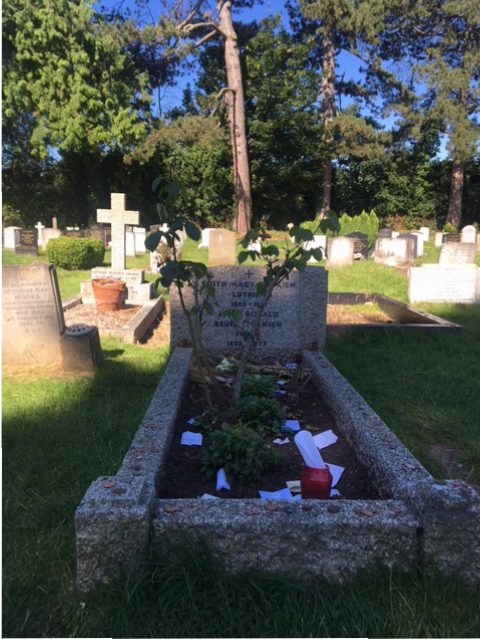
When I found the grave there was nobody else in the place. I didn’t think that I would be as moved as I was to see the spot where Tolkien and his beloved wife were buried. But I was. People had left dozens of little messages on the plot—handwritten notes thanking Tolkien for changing their lives for the better, and for bringing them such joy.
See how he had the names Beren and Luthien inscribed on the tombstone? Those were the pet names that he and his wife used for each other—the hero and heroine from the Silmarillion. Beren was the human who fell in love at first sight with an Elf long before Aragorn did the same with Arwen. Tolkien saw his new bride Edith dancing in a field soon after they were married, and this vision inspired the scene in the Silmarillion where Beren first lays eyes on Luthien as she’s dancing in an Elven glade.
Stay for a while in the cemetery. It’s a peaceful place. A great spot to read a little Tolkien.
11:00 AM/ 20 Northmoor Road
The next stop is the house where Tolkien wrote The Lord of the Rings, typing the entire manuscript twice using only two fingers on an old manual typewriter! You can either walk there from the cemetery (1.6 miles), or catch the bus on Banbury Road and getting off at Belbroughton Road. Head down Belbroughton going east until you come to Northmoor Road. You’ll see this sign.
Number 20 is just a short walk from the sign. The house has always been described as pokey, but it looks like a lovely place to me. Tolkien used to love to potter about in the garden here. And it must have been a great place to write, because he penned The Hobbit and The Lord of the Rings and a bunch of other stuff inside its walls. There’s a blue plaque embedded high in the wall stating:
J.R.R. TOLKIEN Author of The Lord of the Rings Lived here 1930-1947
When I visited the house this summer, there was nobody else on the street; and the house directly across from the Tolkien home was for sale. I instantly thought, “How cool would it be to live right across from Tolkien’s house?” And the next thought that popped into my head was, “Is there any way that I could convince my wife and kids to sell our house in Seattle and buy a home in Oxford, England?”
12:00 PM/The Eagle and Child
It’s time for a pint at Tolkien’s favorite pub, so head back into town and go straight to The Eagle and Child on St. Giles’ Street. This is the pub where Tolkien and his pal C.S. Lewis used to sit in the “snugs”—the cozy little booths right at the front parlor of the 360-year-old pub. You need to get there when it opens at noon, however, if you want even the inkling of a chance at snagging one of the snugs—especially the one to the right of the entrance with the big oil painting of Tolkien hanging above the fireplace. Just imagine…Tolkien and C.S. Lewis sitting here and reading to each other from their manuscripts? Tolkien fans go all squidgy in this place, like the family of Tolkien-loving Kiwis touring England who popped in for a bite, and found a place to rest their proudfeet.
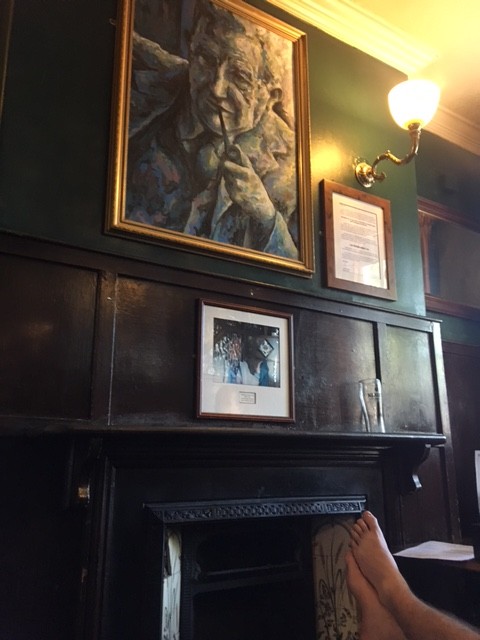 (The snugs at the Eagle and Child)
(The snugs at the Eagle and Child)
Make certain that you eat a big Hobbit-sized lunch. The food here is great, and the beer is even better. You can’t go wrong with a pint of the Old Dairy. Tolkien and C.S. Lewis, by the way, referred to The Eagle and Child by the nickname The Bird and the Baby (and others have called it The Foul and the Foetus). If you look at the pub sign (a sign that Tolkien would have seen from his earliest days as a student at Exeter—long before he started writing about Middle-earth) it seems impossible that this image didn’t inspire the Eagles from Middle-earth. Doesn’t it?
1:00 PM/Blackwell’s Books
Now it’s time for a visit to Blackwell’s Books, just a few blocks away from The Eagle and Child over on Broad Street.
This is the publisher that started Tolkien’s career when they printed his first published work: a little poem called Goblin Feet. What’s hilarious is that they spelled his name wrong! (Tolkein instead of Tolkien.)
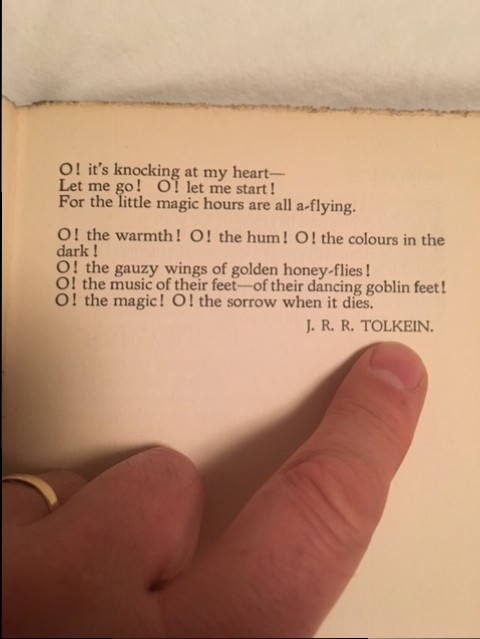 (My copy of Fifty New Poems for Children & the poem Goblin Feet)
(My copy of Fifty New Poems for Children & the poem Goblin Feet)
Blackwell’s Books is an Oxford institution, and one of the best independent bookstores on the planet. And they also have one of the biggest selection of Tolkien books of any bookseller that I’ve ever seen.
That’s a proper Tolkien display! If you’re thirsty after looking at all of these tomes, you can go right next door to a most excellent pub—The White Horse. The pub’s sign of a running horse is reminiscent of The Prancing Pony in Bree. Here, Tolkien and C.S. Lewis came to drink during World War II when The Eagle and Child could not get a supply of beer because all of the American troops who were guzzling it.
2:00 PM/The Bodleian Library Treasures Room
Just down the street from Blackwell’s Books is the Bodleian Library where you can view, on display behind glass, the painting of Hobbiton that Tolkien did for the first edition of The Hobbit. It’s really incredible to see this painting up close. Not only is it a stunning illustration, but it’s filled with an incredible amount of detail for something so small. The brushes that Tolkien used must have been tiny, for even the Hobbit holes at Bag End have tiny little doorknobs.
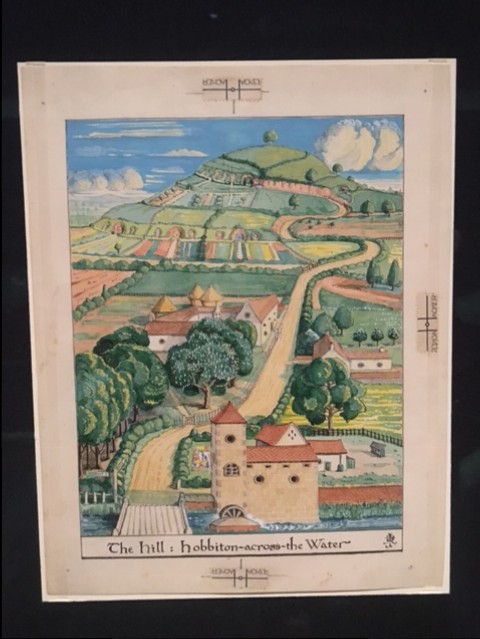 (Tolkien’s watercolor with the publisher’s layout guides still attached)
(Tolkien’s watercolor with the publisher’s layout guides still attached)
Right across from Tolkien’s work is displayed the antiwar poem Dulce et Decorum est by Wilfred Owen—a poet killed during World War I who was only one year younger than Tolkien. The poem is a harrowing work about the horrors of war, and “the old lie” that it’s honorable to die for one’s country. You can’t help but think of young Ronald (as Tolkien was called) suffering through the hellscape of the trenches—a place that inspired so many of the most terrifying visions in The Lord of the Rings, from the Dead Marshes, to the Orcs besieging Minas Tirith, to the desolation of Mordor. Saying goodbye to his wife before heading off to the trenches, he said in his letters, was “like death.”
Tolkien caught trench fever (like his friend C.S. Lewis) and had to leave the front lines. He wrote the beginnings of his fantasy mythology while recovering in the hospital. Tolkien’s grandson, Simon Tolkien, recently stated in an interview for his new book No Man’s Land that The Lord of the Rings is essentially a war story in which his grandfather mythologized his past.
3:00 PM/University of Oxford Botanic Garden
Stroll down St. Aldate’s toward Christ Church college—the biggest college in Oxford. Across the street is Pembroke, the school where Tolkien taught for almost 20 years before moving on to teach at Merton College (there are 38 colleges at Oxford!). Past Christ Church is the entrance to the War Memorial Garden that was opened in 1926—one year after Tolkien started teaching at Pembroke. He would have stepped over the golden sword embedded in concrete (and the quote from Pilgrim’s Progress) as he walked down the lovely Broad Walk behind Christ Church, making his way toward one of his favorite places in Oxford: The Botanic Garden.
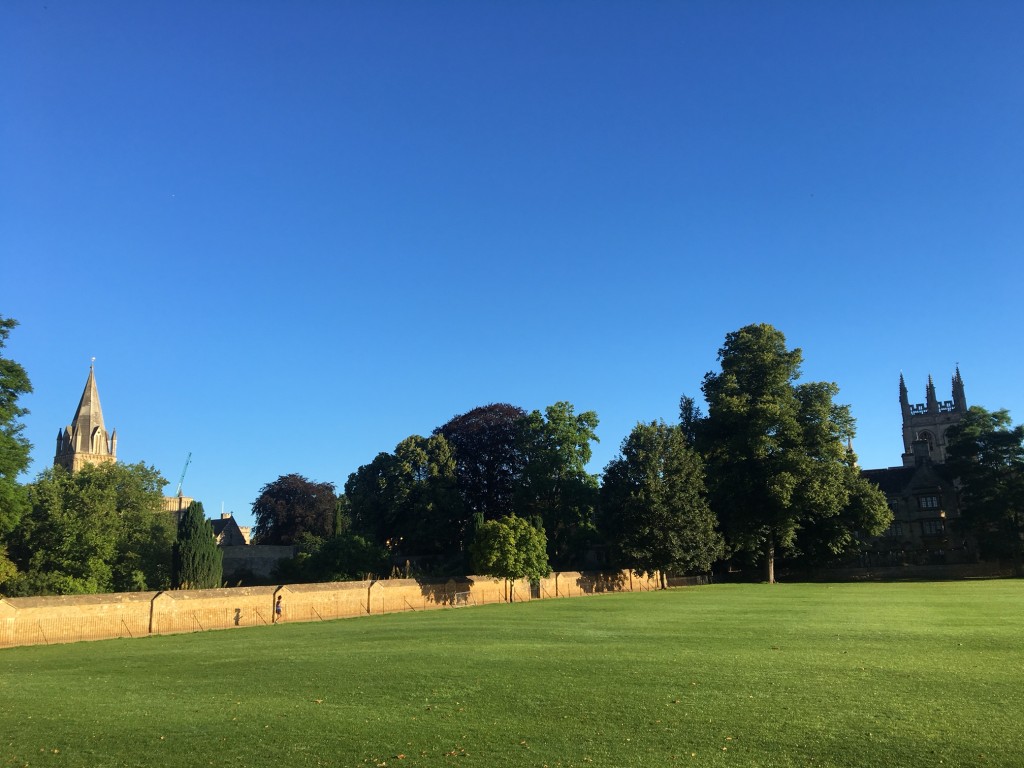 (On the way to the Botanic Garden)
(On the way to the Botanic Garden)
Here in the shelter of a wall once stood the famous “Tolkien Tree”—a magnificent black pine that Tolkien dearly loved and which he posed in front of for a famous photograph.
Sadly, this tree partly blew down in a windstorm and had to be removed. But right next to the place where it once stood is a towering tree—a Hornbeam. Anyone who knows anything about Ents will recognize this name as similar to one of the Ents from Fangorn Forest: Quickbeam. [Note: This tree would have been over a hundred years old when Tolkien started school at Oxford.]
4:00 PM/Merton College
There’s one more stop on this brief but revealing journey. Head back toward Christ Church College and you’ll come to Merton College—the place where Tolkien was Merton Professor of English Language and Literature from 1945-1959 (The Lord of the Rings was published in 1954 while he was here).
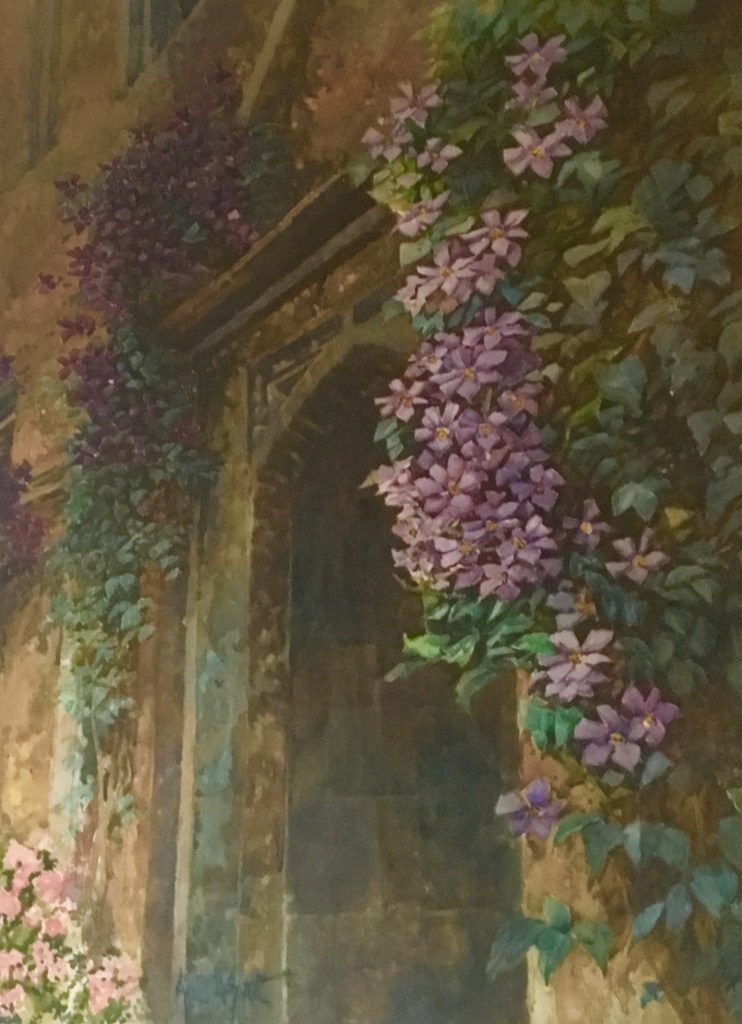 (Original watercolor of Merton College entrance from my collection painted circa 1900)
(Original watercolor of Merton College entrance from my collection painted circa 1900)
You can walk around the place, including the gardens and chapel, imagining what it must have been like to see a particular white-haired Oxford don wearing a waistcoat like a Hobbit, walking around smoking his pipe on breaks between lectures.
On one of the walls of the college is engraved all of the names of Merton graduates killed during the two wars. The number of names of the dead from World War I is staggering; and Tolkien must have been constantly reminded of all of the friends that he had lost in the trenches; and relief that his own beloved sons had survived the Second World War unscathed.
5:00 PM/Pub Crawl
Now it’s time for dinner and an epic pub crawl. You can go back to the Bird and the Baby, and the White Horse, and The King’s Arms (another pub where he and Lewis frequented near Blackwell’s Books). Take your time. You have all evening to eat and drink and think about what you’ve seen. I assure you that you will never regret the journey to Oxford, and you will go there and come back again with a renewed love for Tolkien and his works.
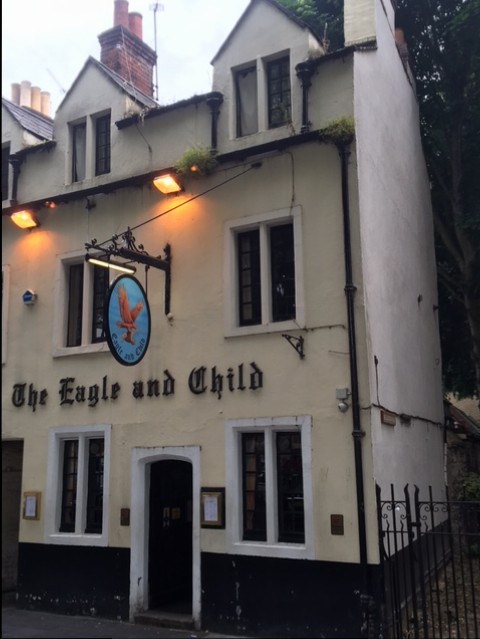
Tolkien’s Oxford One Day Itinerary
Radcliffe Square/Exeter College
Wolvercote Cemetery
20 Northmoor Road
The Eagle & Child
Blackwell’s Books
The Bodleian Library Treasures Room
The Oxford University Botanic Garden
Merton College
Pub Crawl
You can order my book The Wisdom of the Shire from Amazon US or Amazon UK.

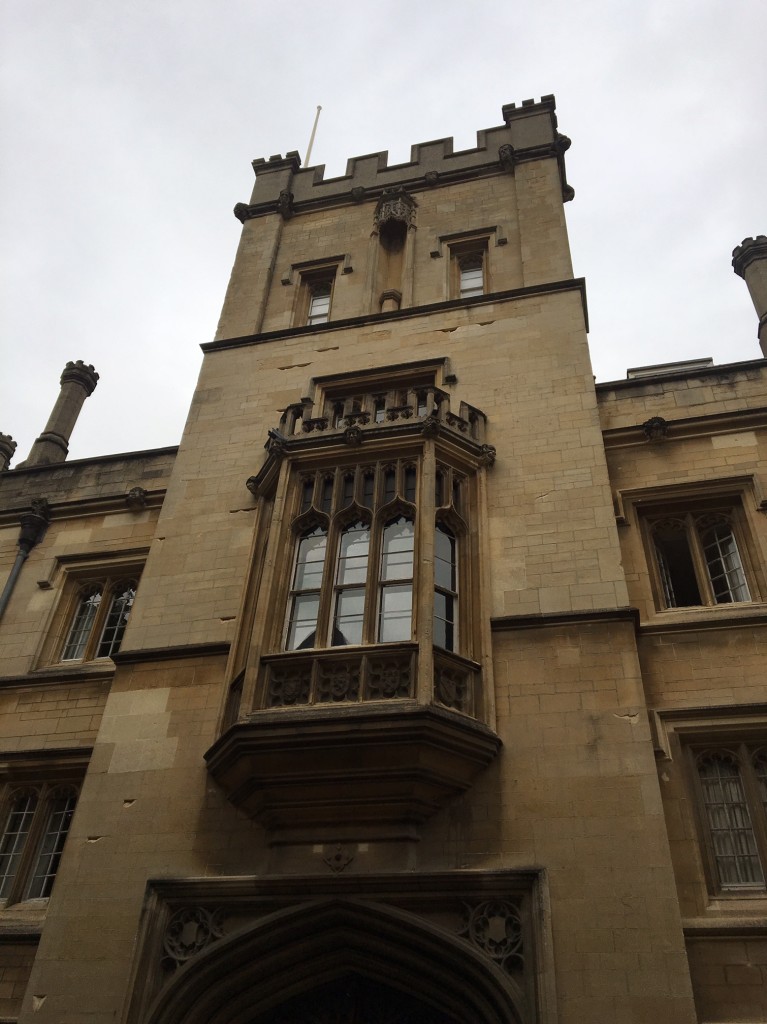
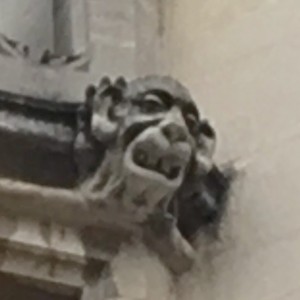
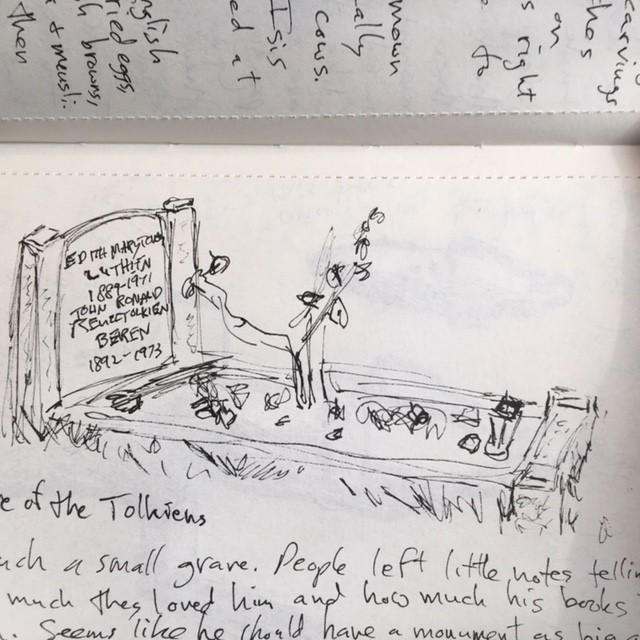
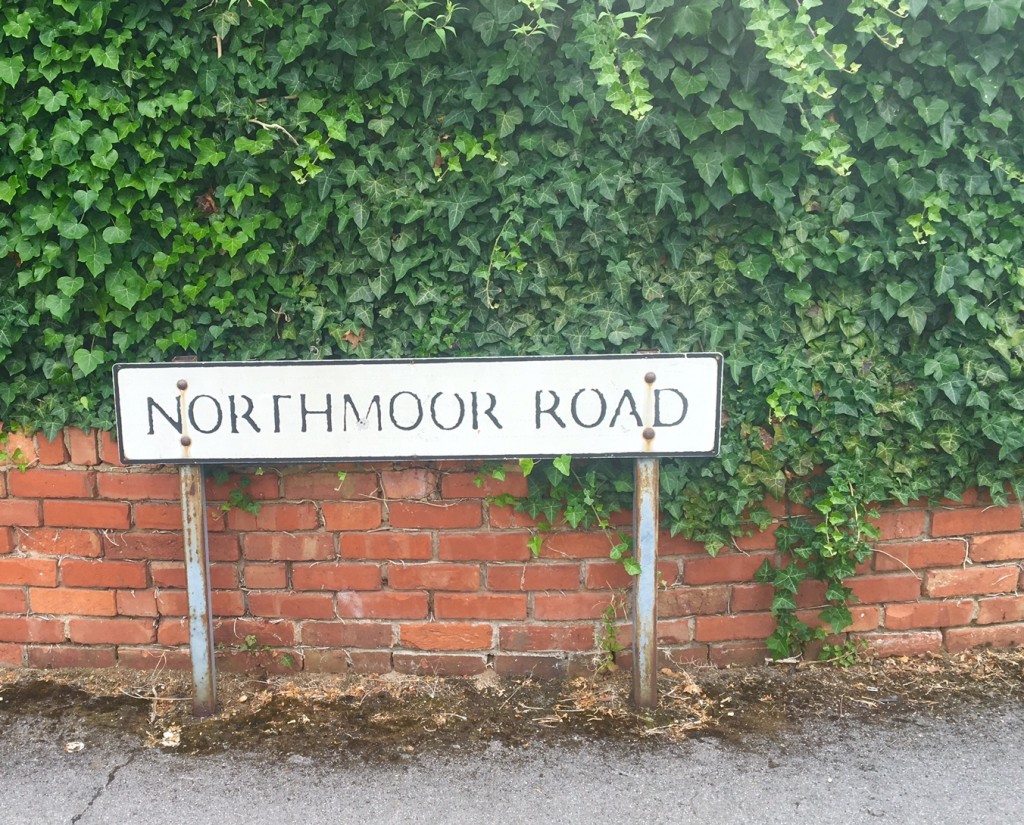
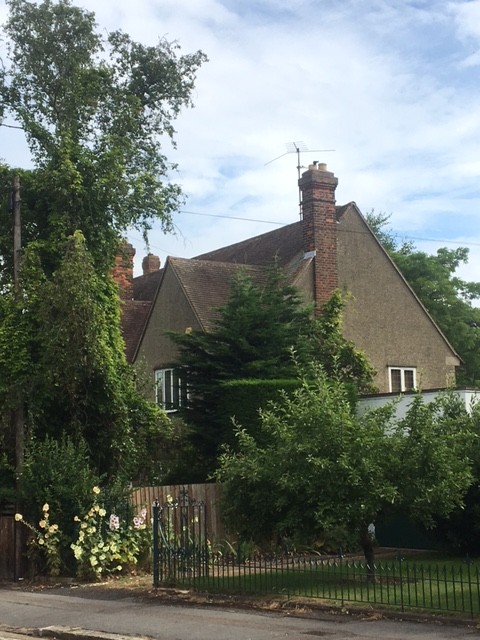

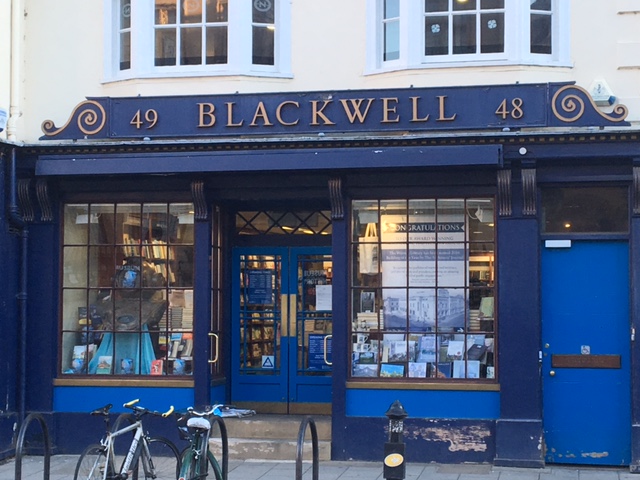
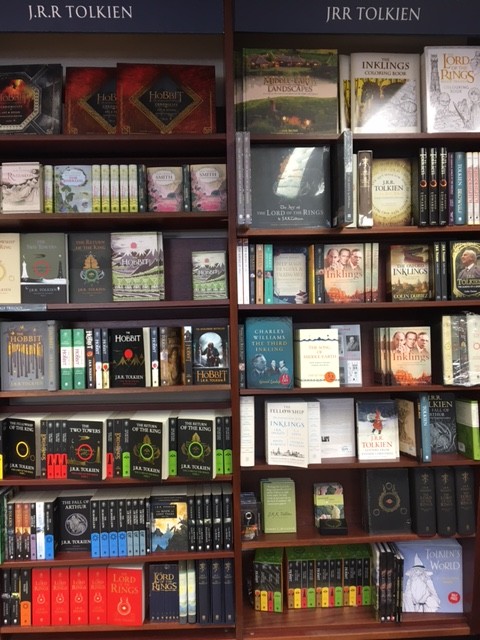
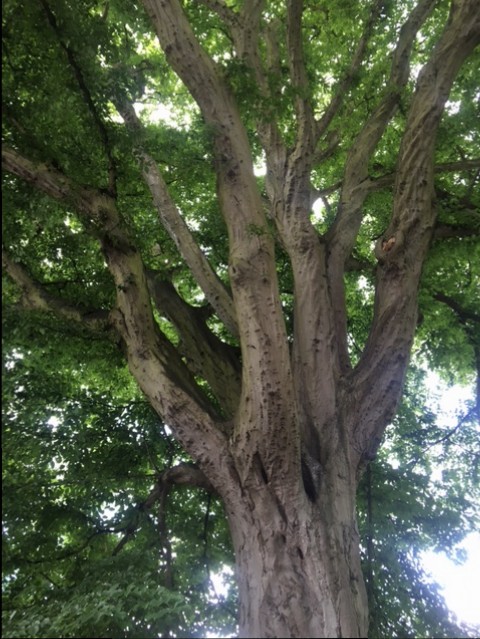
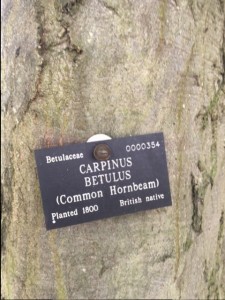
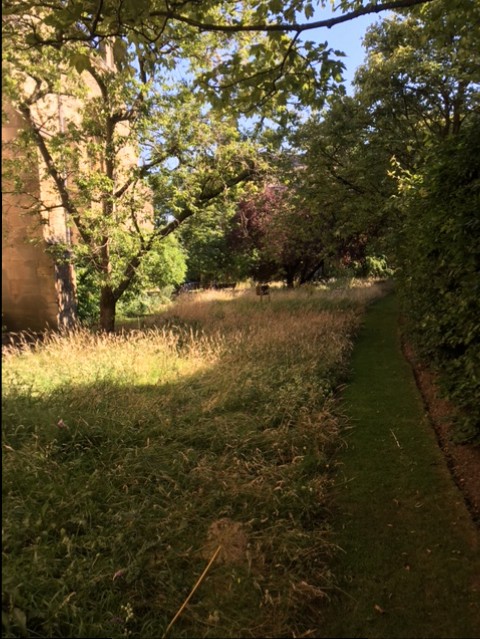
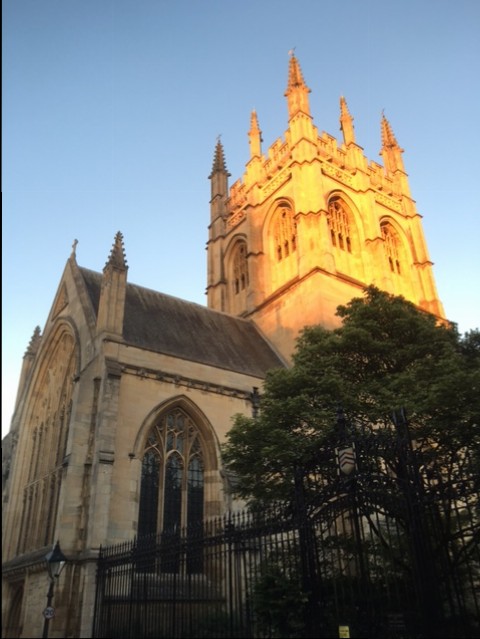

Speak Your Mind